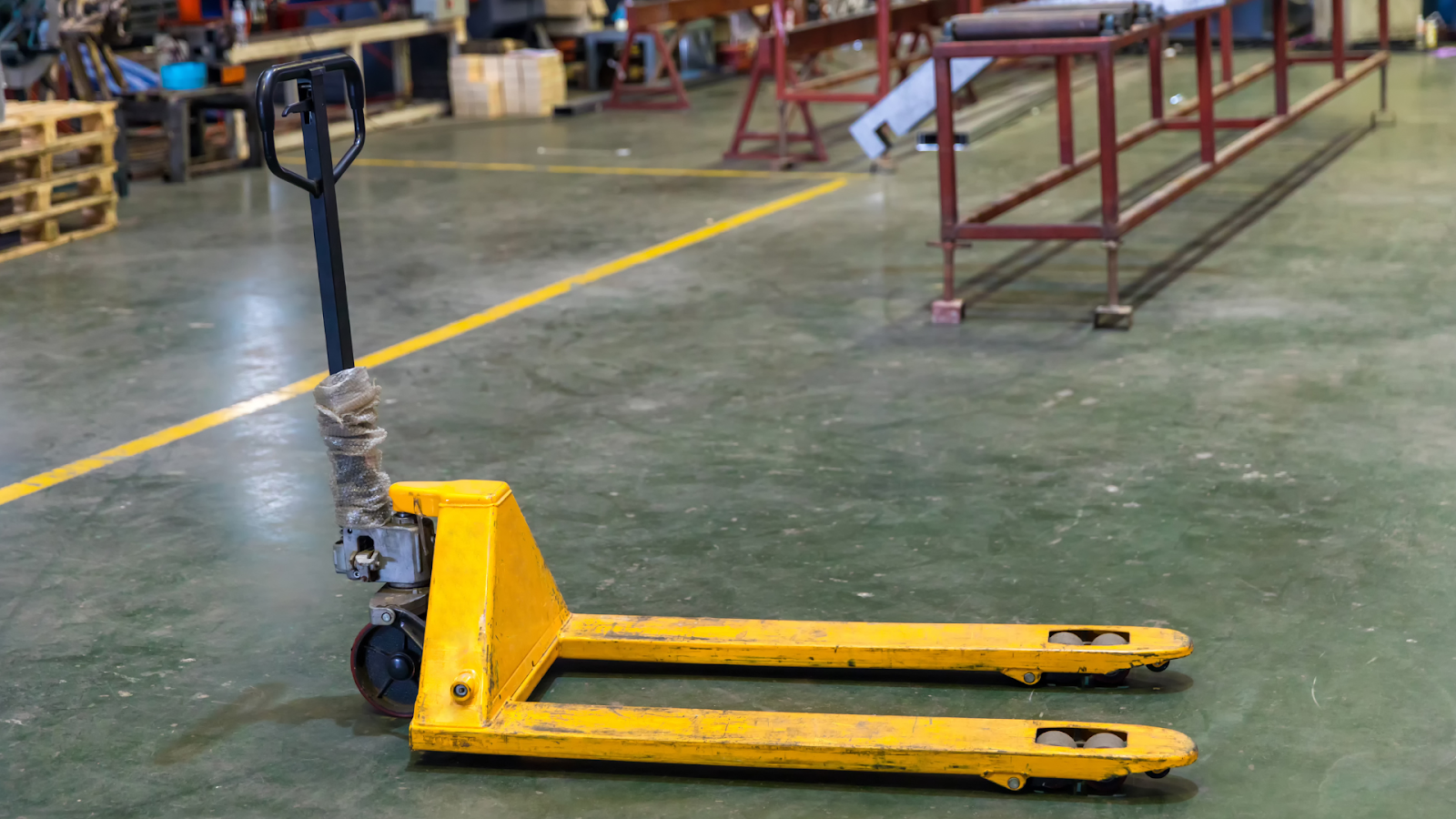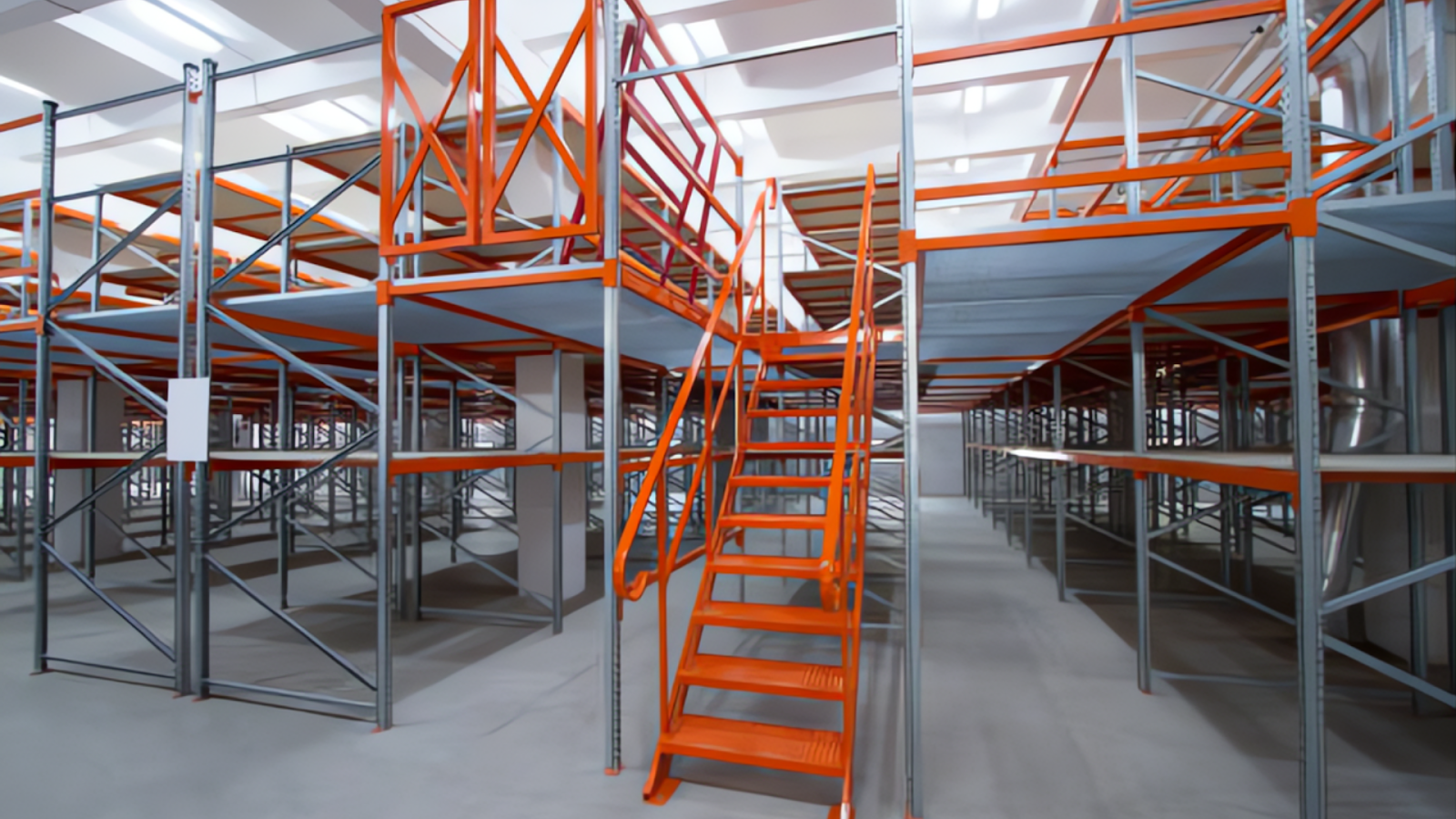Pallet racking is the backbone of most warehouse operations. It holds your inventory, supports workflow efficiency, and impacts the safety of everyone on the floor. But racking systems can deteriorate over time due to heavy loads, forklift impacts, or improper use. That’s why regular pallet racking inspections are critical—not just for OSHA compliance, but for protecting your people, your products, and your bottom line.
At Source Equipment, we help businesses design, maintain, and optimize pallet racking systems. This guide will show you how often to inspect your racks, what to look for, and how to keep your system safe and reliable.
How Often Should Pallet Racking Be Inspected?
The frequency depends on your facility’s size, usage, and risk factors. Here are the general best practices:
- Daily/Weekly: Visual spot checks by warehouse staff to identify obvious issues.
- Monthly/Quarterly: In-house inspections conducted by trained supervisors or safety officers.
- Annually: A full inspection performed by a qualified professional or third-party racking specialist.
Tip: Any time there’s a known incident (like a forklift collision), that section of racking should be inspected immediately.
What to Check During an Inspection
A thorough pallet rack inspection should include:
- Uprights and Frames
- Look for dents, twists, bends, or cracks. Even small deformations can weaken load capacity.
- Check baseplates for secure anchoring and any signs of pulling away from the floor.
- Beams
- Ensure beams are straight and free of visible damage.
- Confirm safety clips, locks, or pins are present and undamaged.
- Watch for deflection (bowing) when loaded beyond rated capacity.
- Connections and Hardware
- Bolts, clips, and connectors should be secure and free of rust or wear.
- Ensure beams are seated properly in the uprights.
- Load Signs and Capacity Labels
- Verify that each rack is clearly labeled with weight limits.
- Ensure employees are trained to follow those limits.
- Rack Alignment
- Look for leaning or misaligned uprights.
- Ensure racks are plumb vertically and level horizontally.
- Decking and Accessories
- Inspect wire decking or solid decking for damage or corrosion.
- Check for missing or broken safety bars.
- General Environment
- Ensure aisles are clear of obstructions.
- Verify forklift operators have sufficient clearance and turning radius.
- Watch for signs of repeated impact in high-traffic areas.
Common Red Flags That Require Immediate Action
- Missing safety clips or locking pins
- Upright damage greater than 1/8 inch bend
- Beams or uprights leaning noticeably out of alignment
- Rust, corrosion, or cracks in load-bearing components
- Overloaded racks beyond posted weight limits
If any of these are found, unload the affected rack immediately and schedule repairs.
Benefits of Regular Racking Inspections
- ✅ Prevent accidents and injuries
- ✅ Avoid costly damage to inventory
- ✅ Extend the lifespan of your racking system
- ✅ Stay OSHA-compliant and reduce liability
- ✅ Build a stronger culture of safety in your warehouse
How Source Equipment Can Help
We don’t just supply racking—we help businesses use it safely and efficiently. Our team offers:
- Professional racking inspections and assessments
- Repairs and replacement parts for damaged systems
- Custom layouts and safety accessories like guard rails and column protectors
- Training for employees on proper use and maintenance
📍 Don’t wait for a failure to reveal a weakness in your system. Schedule a pallet racking consultation today at www.sourceequipment.com.



